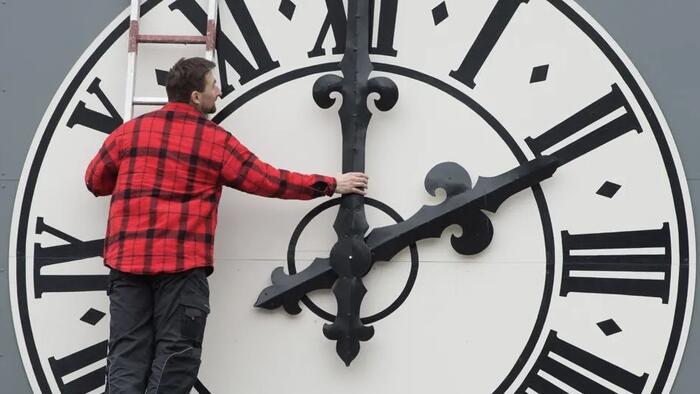On a recent Friday, President-elect Donald Trump expressed his intention to take action against the twice-yearly adjustments for daylight saving time (DST), signaling a desire to liberate Americans from the complications and health repercussions associated with clock changes. He made his stance clear through posts on his TruthSocial platform and X, arguing that the Republican Party would put significant efforts into eliminating DST, which he described as inconvenient and costly for the nation. Trump’s declaration garnered attention across a political spectrum that included supporters and detractors, inciting curiosity about his specific proposals. There are typically two avenues to address the issue: completely abolishing DST in favor of year-round standard time or implementing permanent daylight saving time.
The common desire among many for abolishing DST often overlooks the fact that this means eliminating the extended daylight hours of summer evenings, resulting in earlier sunrises and sunsets for all. The clarity of Trump’s intentions remains ambiguous; he might be advocating for converting all time to permanent standard time, similar to the practice in Arizona and Hawaii. As the topic generated debate, some social media users humorously remarked on the implications, suggesting that there might be a preference for permanent daylight saving time instead, raising questions about public understanding of the potential outcomes of such a change.
Daylight saving time has its roots in World War I when it was introduced to conserve energy. However, the practice has led to serious concerns regarding its impact on public health and safety. Research conducted at the University of Colorado identified that the disruption caused by clock changes can result in increased traffic fatalities and a 3% rise in mortality rates in the weeks following the spring transition. Advocates for permanent daylight saving time highlight the benefits of more evening daylight, particularly for businesses in retail and recreation sectors, while also noting that crime rates increase when clocks shift back in the fall. Yet concerns remain about northern states, where many might wake up in darkness during winter months, leading to safety risks for children heading to school.
Experts in sleep and health argue that permanent standard time is more beneficial for human well-being. The importance of aligning natural light with human activity plays a significant role in regulating sleep patterns. Authorities emphasize that excessive evening light exposure disrupts sleep schedules, producing adverse long-term health effects. Polling data revealed that a majority of Americans prefer a stable clock system, with only 25% advocating for continued clock changes. However, people’s understanding of the implications of each option often appears limited, making it essential for educational efforts to clarify the potential health and lifestyle repercussions of making DST permanent or otherwise.
The dialogue surrounding DST wasn’t purely political; prominent figures in Trump’s circle, including his son Don Jr. and businessman Elon Musk, expressed their preferences for either ending clock changes or making daylight saving time permanent. The interest from influential individuals highlighted the significance of the issue, indicating a passionate response rather than a routine political debate. Further complicating matters, previous legislative attempts, like the Sunshine Protection Act, which sought permanent daylight saving time, have faced barriers in Congress, indicating a complex and contentious issue.
Despite the heated opinions, Trump’s recent stance on daylight saving time provided a catalyst for discussions on social media, where users shared their perspectives and repartees on how to best address the clock change dilemma. The discourse further illuminated the divide in public opinion regarding standard time versus daylight saving time, encapsulating a broader reflection on how such changes affect daily lives and the fundamental routines of American society. In a polarizing political climate, the issue of timekeeping revealed aspects of everyday American life that resonate deeply, indicating that whichever course is chosen, it will have lasting implications for the population at large.

